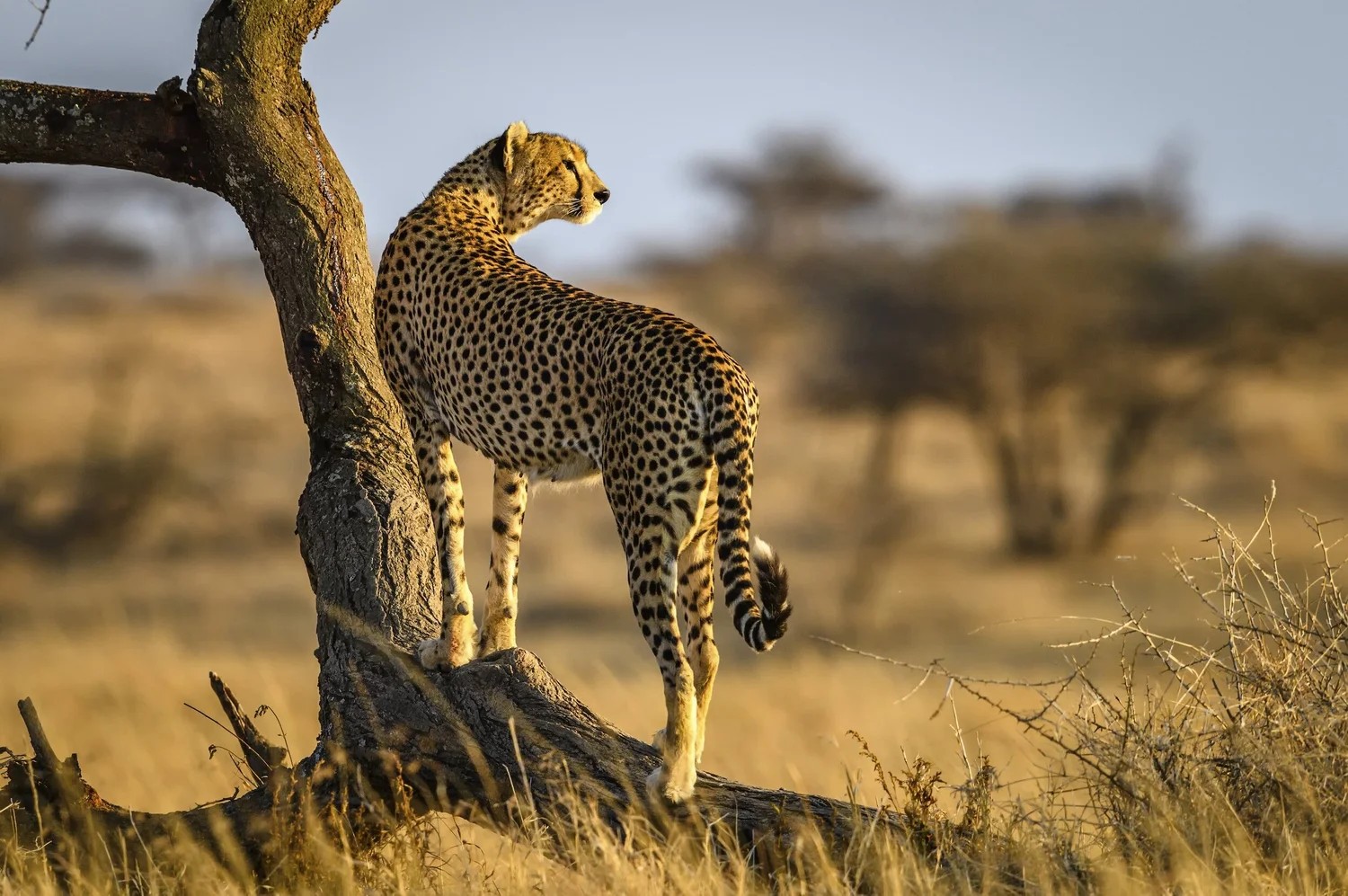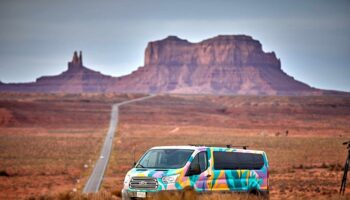Embarking on a safari in Africa is more than just a vacation—it’s an immersive journey into the raw beauty of nature, where the rhythm of the wild dictates the day. Picture yourself cruising through vast savannas as the sun rises, spotting lions lounging under acacia trees, or witnessing the Great Migration of wildebeest thundering across the plains. “Safari Africa” evokes images of adventure, wildlife, and cultural richness that have drawn travelers for generations. Whether you’re a first-timer dreaming of the Big Five or a seasoned explorer seeking off-the-beaten-path experiences, Africa offers unparalleled opportunities to connect with the planet’s most iconic ecosystems.
In 2025, African safaris are evolving with a focus on sustainability, luxury, and accessibility. From the rolling hills of Kenya’s Maasai Mara to the watery wonderlands of Botswana’s Okavango Delta, the continent boasts diverse landscapes that cater to every type of traveler. According to recent trends, destinations like Tanzania and South Africa remain top picks for their reliable wildlife sightings and well-developed infrastructure. But why choose Africa for your safari? It’s home to over 1,100 mammal species and countless birds, making it the ultimate wildlife haven. Plus, with improved eco-lodges and guided tours, you can experience this magic responsibly without leaving a heavy footprint.
This guide will walk you through everything you need to know to plan your perfect African safari. We’ll cover the best destinations, optimal timing, various safari styles, must-see animals, practical planning tips, and how to embrace sustainable practices. By the end, you’ll be ready to book that dream trip and create memories that last a lifetime. Let’s dive into the wild!
Top Safari Destinations in Africa for Unforgettable Adventures
When it comes to choosing a safari destination in Africa, the options are as vast as the continent itself. Each country offers unique landscapes, wildlife, and cultural experiences, ensuring there’s something for everyone—from budget backpackers to luxury seekers.
Start with Kenya’s Maasai Mara National Reserve, a classic choice for safari enthusiasts. Famous for its open grasslands and the annual Great Migration, where millions of wildebeest and zebras cross the Mara River, it’s a spectacle like no other. Nearby, Tanzania’s Serengeti National Park extends this migration route, blending seamlessly with the Mara for cross-border adventures. The Ngorongoro Crater, a UNESCO World Heritage site in Tanzania, is another highlight—a natural caldera teeming with elephants, rhinos, and predators in a contained, easy-to-explore area.
For those craving watery wilderness, Botswana’s Okavango Delta stands out as one of the best African safari spots. This inland delta floods seasonally, creating a maze of channels perfect for mokoro (dugout canoe) safaris. Spot hippos, crocodiles, and rare antelopes while gliding through lily-pad-dotted waters. Neighboring Namibia’s Etosha National Park offers a stark contrast with its salt pans and waterholes that attract massive herds, especially during the dry season.
South Africa shouldn’t be overlooked—it’s ideal for first-timers due to its accessibility and malaria-free zones like the Madikwe Game Reserve. Kruger National Park, one of Africa’s largest, promises sightings of the Big Five (lion, leopard, elephant, buffalo, rhino) amid diverse habitats from bushveld to rivers. For primate lovers, Rwanda’s Volcanoes National Park delivers intimate gorilla trekking experiences, while Uganda’s Queen Elizabeth National Park combines savanna safaris with chimpanzee tracking.
Emerging destinations like Malawi and Zambia are gaining traction for their uncrowded parks and community-focused tourism. Malawi’s Liwonde National Park offers boat safaris on the Shire River, spotting elephants bathing at sunset. In Zambia, South Luangwa is renowned for walking safaris, allowing you to track animals on foot with expert guides. For 2025, new camps like Singita Milele in Tanzania’s Serengeti and Chichele Presidential in Zambia’s South Luangwa are elevating luxury while prioritizing conservation. No matter where you go, these spots promise thrilling encounters that define the essence of safari Africa.
Best Time to Visit for an African Safari: Timing Your Trip Right
Timing is everything on an African safari, as weather patterns dictate wildlife behavior and visibility. The best time to go on safari in Africa largely depends on your destination, but the dry season—from June to October—generally offers prime conditions across much of the continent. During these months, vegetation thins out, forcing animals to congregate around water sources, making them easier to spot. Plus, fewer mosquitoes and cooler temperatures enhance comfort.
In East Africa, like Kenya and Tanzania, June to October aligns with the Great Migration’s peak, when herds cross rivers in dramatic fashion. January to March is another sweet spot for these regions, with newborn calves adding cuteness to the savanna. For Southern Africa, including South Africa and Botswana, the dry winter (May to September) is ideal—clear skies, mild days, and excellent game viewing at waterholes.
However, the wet season (November to April) has its perks: lush landscapes, fewer crowds, and lower prices. Birdwatching thrives, and it’s birthing season for many mammals, offering heartwarming scenes of playful youngsters. Just be prepared for rain and muddier roads. In Rwanda and Uganda, gorilla trekking is year-round, but drier months (June to September and December to February) make hikes easier.
For 2025, consider shoulder seasons like May or October for balanced weather and deals. Always check specific park conditions, as climate variability can shift patterns. Ultimately, the “best” time aligns with your priorities—migration thrills, budget savings, or serene solitude.
Exploring the Different Types of African Safaris
African safaris aren’t one-size-fits-all; they come in various forms to suit different adventure levels and interests. The classic game drive remains the most popular, where you hop into a 4×4 vehicle with a knowledgeable guide to traverse parks like Kruger or the Serengeti, spotting animals from a safe distance.
For a more intimate experience, walking safaris—pioneered in Zambia’s South Luangwa—let you trek on foot, tracking spoor and learning about smaller creatures like insects and plants. It’s exhilarating but requires fitness and caution around wildlife. Water-based options, such as canoe or boat safaris in the Okavango Delta or Mana Pools, offer a serene perspective, gliding past hippos and birds.
Adventurous souls might opt for horseback safaris in Botswana, galloping alongside giraffes, or cycling safaris in Zimbabwe for an eco-friendly thrill. Hot-air balloon safaris over the Maasai Mara provide aerial views of herds below, especially magical at dawn. Luxury fly-in safaris use small planes to hop between remote camps, minimizing travel time.
Each type enhances your connection to nature differently—choose based on your group’s dynamics and desired pace for a truly personalized safari Africa experience.
Iconic Wildlife to Spot on Your African Safari
No African safari is complete without encounters with the continent’s legendary wildlife. The Big Five—lion, leopard, elephant, buffalo, and rhino—top most lists, symbolizing the thrill of the hunt (now with cameras). Lions, the kings of the savanna, are often seen in prides lounging or hunting in places like the Serengeti. Elusive leopards perch in trees, while massive elephants roam in herds, showcasing family bonds.
Beyond the Big Five, graceful giraffes tower over acacias, munching leaves with their long necks. Zebras and wildebeest form striped spectacles during migrations, evading crocodiles in river crossings. Cheetahs, the world’s fastest land animals, thrill with high-speed chases. Don’t overlook smaller stars: colorful birds like flamingos in Kenya’s lakes, or primates such as gorillas in Rwanda’s misty forests.
In coastal areas like South Africa’s Hermanus, add whale-watching to your safari for marine giants. Rare sightings, like wild dogs in Botswana’s Okavango or penguins in Namibia, add excitement. With over 42 must-see species, every drive promises surprises—patience and a good guide are key to spotting them all.
Essential Tips for Planning Your African Safari Trip
Planning an African safari requires thoughtful preparation to ensure a smooth, enjoyable experience. Start by setting a budget: costs vary from $300 per day for basic group tours to $1,000+ for luxury lodges. Factor in flights, visas, and insurance—many countries require yellow fever vaccinations.
Choose a reputable operator; look for those certified by organizations like the African Travel and Tourism Association. For first-timers, focus on one or two countries to avoid fatigue—aim for 10-14 days with 3-4 stops. Pack light: neutral colors (khaki, beige) to blend in, layers for temperature swings, binoculars, a good camera, and insect repellent. Don’t forget sun protection and comfortable walking shoes.
Tipping is customary—budget $10-20 per day for guides, who make or break your trip. Respect wildlife: maintain distance, follow guide instructions, and avoid littering. For safety, stick to established parks and heed malaria precautions in endemic areas.
Book early for peak seasons, and consider add-ons like cultural visits to Maasai villages. With these tips, your safari Africa adventure will be seamless and spectacular.
Embracing Sustainable Safari Tourism in Africa
As tourism grows, sustainable practices are crucial to preserve Africa’s wild spaces. Choose eco-lodges powered by solar energy and those supporting local communities through employment and anti-poaching initiatives. Opt for low-impact activities like walking or electric vehicle safaris to reduce carbon footprints.
Support conservation by visiting parks where fees fund wildlife protection—tourism has helped rebound rhino populations in places like Kruger. Fly less by staying longer in one area, and offset emissions through credible programs.
Engage with locals: buy handicrafts directly and learn about community projects. Avoid experiences involving animal interactions that exploit wildlife, like elephant rides. In 2025, operators are prioritizing “guilt-free” safaris, balancing adventure with ethics for a positive impact.
Conclusion: Your African Safari Awaits
A safari in Africa is a transformative experience that reconnects you with nature’s wonders. From the thrill of spotting the Big Five to the serenity of starlit camps, it’s an adventure that lingers long after you return home. With careful planning and a commitment to sustainability, your 2025 trip can be both exhilarating and responsible. So, pack your bags, embrace the unknown, and let the wild call of Africa guide you. Safe travels!





